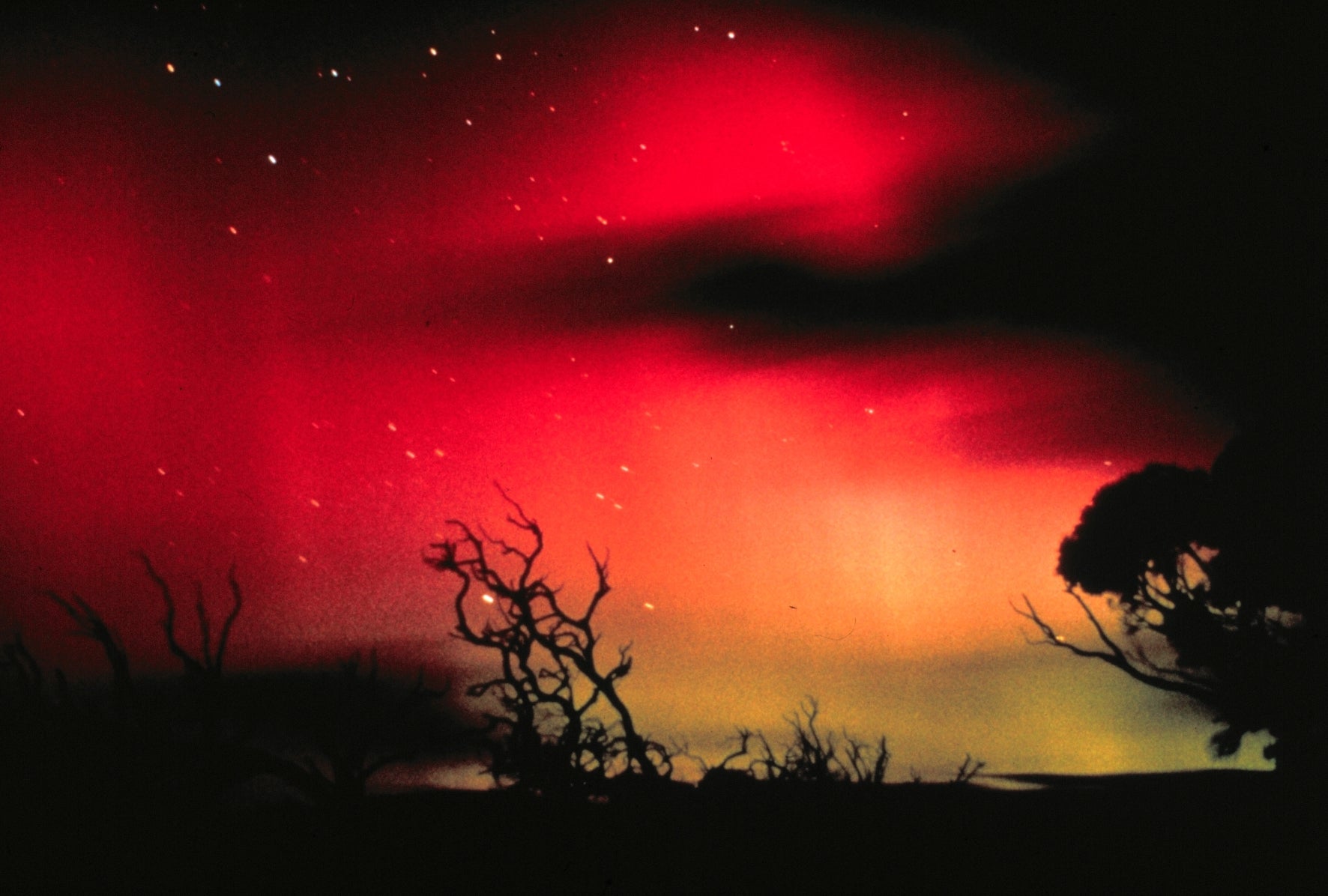Nasa launching missions to study the Sun in attempt to understand dangerous ‘space weather’

Nasa is launching two missions that will attempt to understand the Sun and the potential danger it poses to Earth.
The two newly approved missions will look at heliophysics, or the Sun and its effects on the objects around it. They will do so in the hope of better understanding the space weather that is driven by the Sun.
That weather can potentially endanger human technology and the work of space travellers, and researchers hope that further study of it could allow for it to be better predicted in the hope of providing protection to Earth.
Nasa said that it has approved two related missions: the Extreme Ultraviolet High-Throughput Spectroscopic Telescope Epsilon Mission, or EUVST, which will be led by the Japanese space agency JAXA; and the Electrojet Zeeman Imaging Explorer, or EZIE.
The first will launch in 2026, and takes the form of a solar telescope, to which Nasa will provide a host of components. It will look to understand how the Sun’s atmosphere releases solar winds and pushes out eruptions of solar material.
Those phenomena come out of the Sun but spread throughout the solar system, affecting all of the objects in it, including our Earth.
The second will study the electric currents in Earth’s atmosphere, and will be launched sometime after June 2024. It will look at the way electric currents link aurora – such as the northern lights – to the Earth’s magnetosphere, seeking to better understand the Earth’s space weather system and how it responds to activity on the Sun.
It is made up of three satellites that will look at changes in the “auroral electrojet”, which is an electric current that goes around the Earth’s atmosphere and extends away from it.
Though such phenomena is responsible for the aurora that are regarded as one of the world’s most beautiful sights, they can also pose a risk to life on Earth – and away from it. Such space weather can interfere with radio and other communication systems and power grids on the Earth, and can pose a risk to spacecraft in orbit.
“We are very pleased to add these new missions to the growing fleet of satellites that are studying our Sun-Earth system using an amazing array of unprecedented observational tools,” said Thomas Zurbuchen, associate administrator for science at NASA Headquarters in Washington, in a statement.
“In addition to my enthusiasm at selecting a pioneering multi-point observatory focused on the auroral electrojets, I am particularly excited to follow up the success of the Yohkoh and Hinode solar science missions with another international collaboration with JAXA and other European partners on EUVST.”
Join our commenting forum
Join thought-provoking conversations, follow other Independent readers and see their replies
Comments
Bookmark popover
Removed from bookmarks